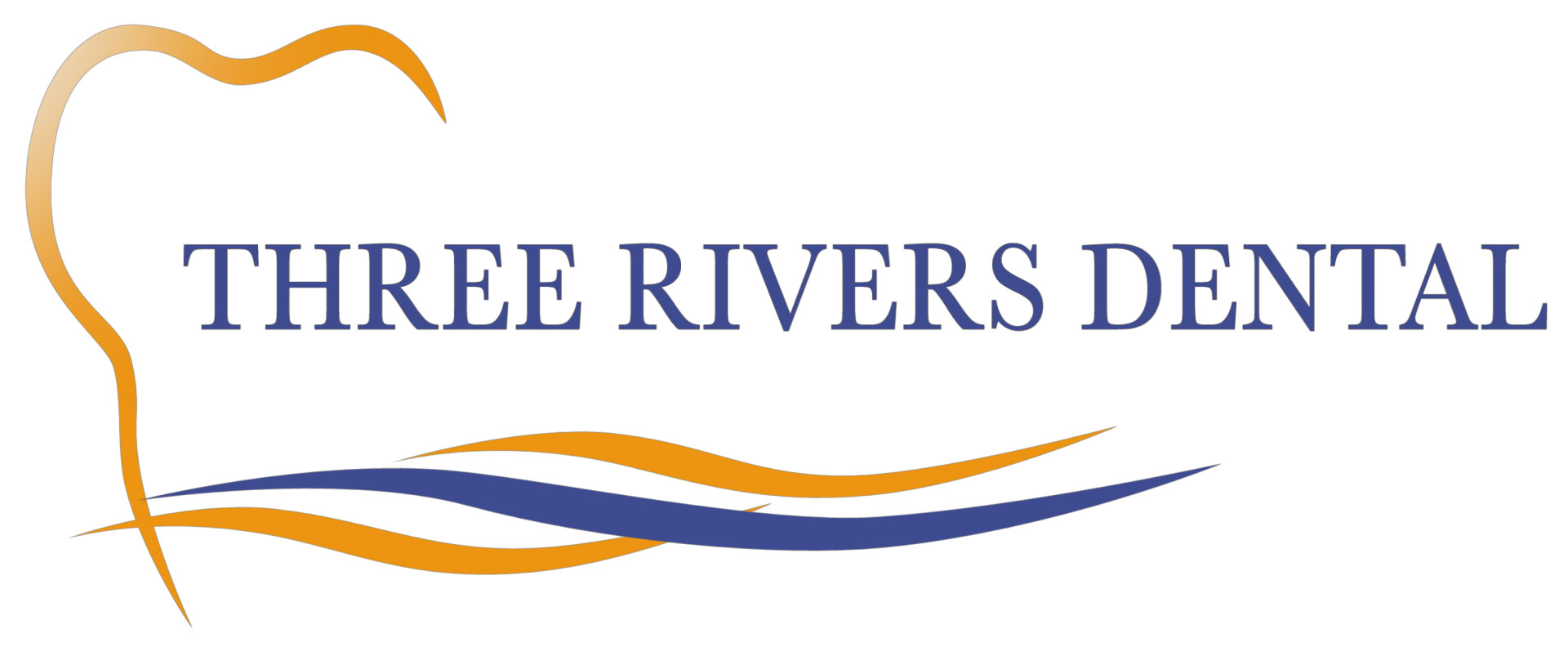It’s easy to get into the habit of placing your toothbrush and dental hygiene tools on the sink. In this area, they’re handy to grab, brush and clean as part of your regular dental care routine. But if improperly placed, your teeth cleaning tools are at risk for picking up nasty germs. Stop the transfer of bathroom bacteria on dental hygiene tools with these common care tips.
Clear the Clutter
Bathroom sink and vanity countertops can easily be cluttered, especially in small bathroom spaces. Without proper placement, dental hygiene tools are vulnerable to collect bathroom germs and bacteria. Wipe down electronic toothbrushes and water flossers, and tuck away in bathroom cabinets after each use. Organize the storage of dental hygiene tools using vertical hanging hooks on the inside of cabinets. Disinfect vanity countertops, cabinets, sinks and faucet hardware frequently, especially in shared bathroom space.
Keep a Safe Distance
Bacteria build-up on dirty toilets and trash cans can make their way onto your toothbrush and into your mouth. Safeguard dental cleaning tools from contamination by not storing them on the sink and a safe distance away from the toilet and trash can. Close the toilet lid before flushing and use a bathroom trash can with a closing lid to keep bacteria from spreading into the bathroom air. Bathroom disinfectant sprays can also kill airborne germs looking for a space to rest.
Clean Dental Hygiene Tools
Brushing with an old or overused toothbrush is a common oral hygiene mistake. Worn toothbrush bristles can cause gum recession and wear away enamel. To prevent tooth damage, and get the best, most hygienic brushing experience, the ADA recommends replacing toothbrushes every three to four months or more often when bristles are visibly matted or frayed. Before brushing, run the toothbrush head and bristles under hot water, then apply toothpaste. After brushing, rinse your dental hygiene tools thoroughly with hot water to remove toothpaste buildup and bristle debris, shake to remove excess water then store in a clean, safe place to air dry. For an extra sanitation measure, soak your toothbrush in an antiseptic mouthwash for a couple minutes after brushing to kill bacteria.
Store Properly After Each Use
Wet toothbrushes stored in closed container spaces can promote microbial growth, and even worse, when laid flat, provide a prime area for bacteria to grow. Toothbrushes and dental hygeine tools must be stored in an upright position after each use to properly air dry. Store toothbrushes vertically, either hanging from a mounted toothbrush holder or from hooks on the inside of a vanity cabinet, in an upright open container, like a clean rinse cup placed inside a bathroom cabinet, or on a safe bathroom wallspace with a clean, vented snap-on brush head cap attached. Provide ample space between other toothbrushes in storage to prevent cross–contamination.
Make it a priority to keep dental hygiene tools clean, and follow up your daily teeth cleaning routine with a professional oral health check-up. Schedule an appointment at Three Rivers Dental. We’re conveniently located throughout the Pittsburgh area in Greentree, Cranberry, and Greensburg.
